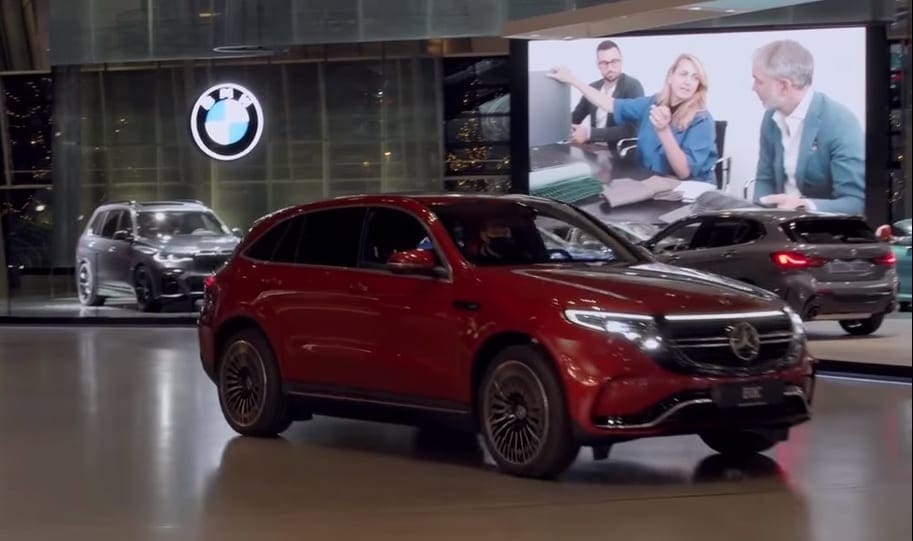Your eyes are not fooling you. In a surprise Christmas gift to the residents of Munich, the 2021 Mercedes-Benz EQC 400 is on display at the BMW Museum. This unprecedented display of camaraderie was uploaded to the Museum’s Facebook page yesterday, and we see that Mercedes-Benz of Munich opened their doors to reciprocate the invitation for a new iX3. Both manufacturers have encountered similar struggles in going electric, and BMW captioned the film with “Christmas is a time for spreading love and respect. After a challenging year for everyone, we now come together with our friends Mercedes-Benz to celebrate! Stop by or enjoy Santa’s magic from the cozy warmth of your home. Remember the reason for the season, and stay with us for all your luxury car news.
Two $235K E30 BMW M3 Coupes Listed For Sale At Lamborghini Paramus
Today, the BMW M3 is known for being one of...





